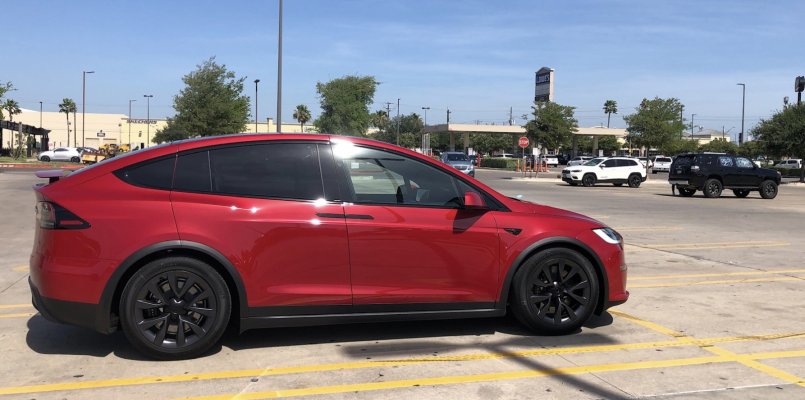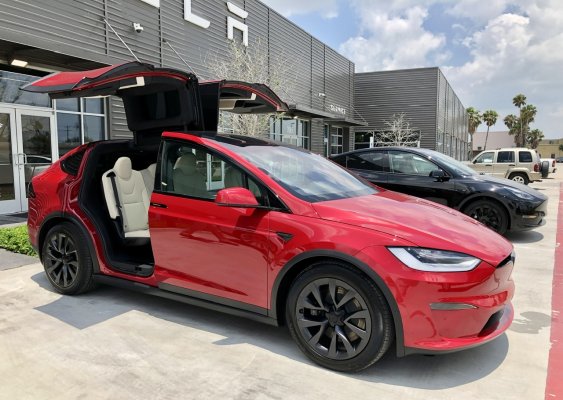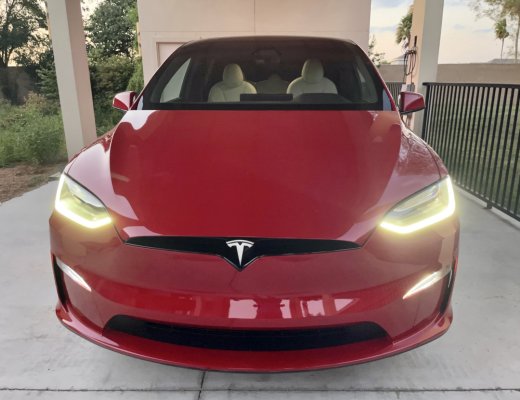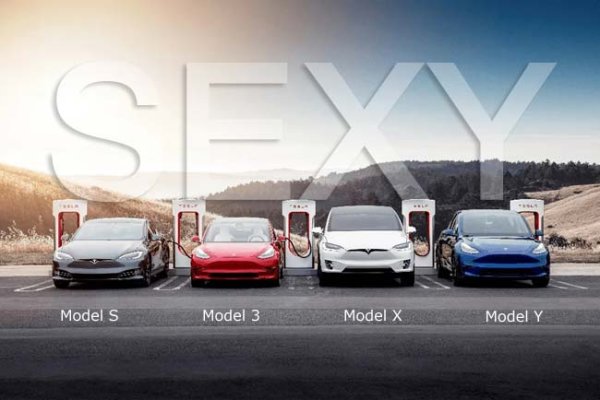With a Tesla model Y battery pack, what controls the life expectency, elapsed time or number of charge cycles, assuming it is properly connected to a charge but possibly not used much?
I just bought new tires for my 20 year old Acura and would like to get some use out of them and keep the Acura as a beater car. But I am wondering if the life of the model Y would be able extended or if it will just expire on the same schedule without me enjoying driving it.
May be a moot point as I thought to do this with my Honda before the Acura and ended up driving the Acura all the time. Maybe at least I could avoid driving the Tesla when there is a lot of salt and winter road gunk to splash on it.
I just bought new tires for my 20 year old Acura and would like to get some use out of them and keep the Acura as a beater car. But I am wondering if the life of the model Y would be able extended or if it will just expire on the same schedule without me enjoying driving it.
May be a moot point as I thought to do this with my Honda before the Acura and ended up driving the Acura all the time. Maybe at least I could avoid driving the Tesla when there is a lot of salt and winter road gunk to splash on it.




